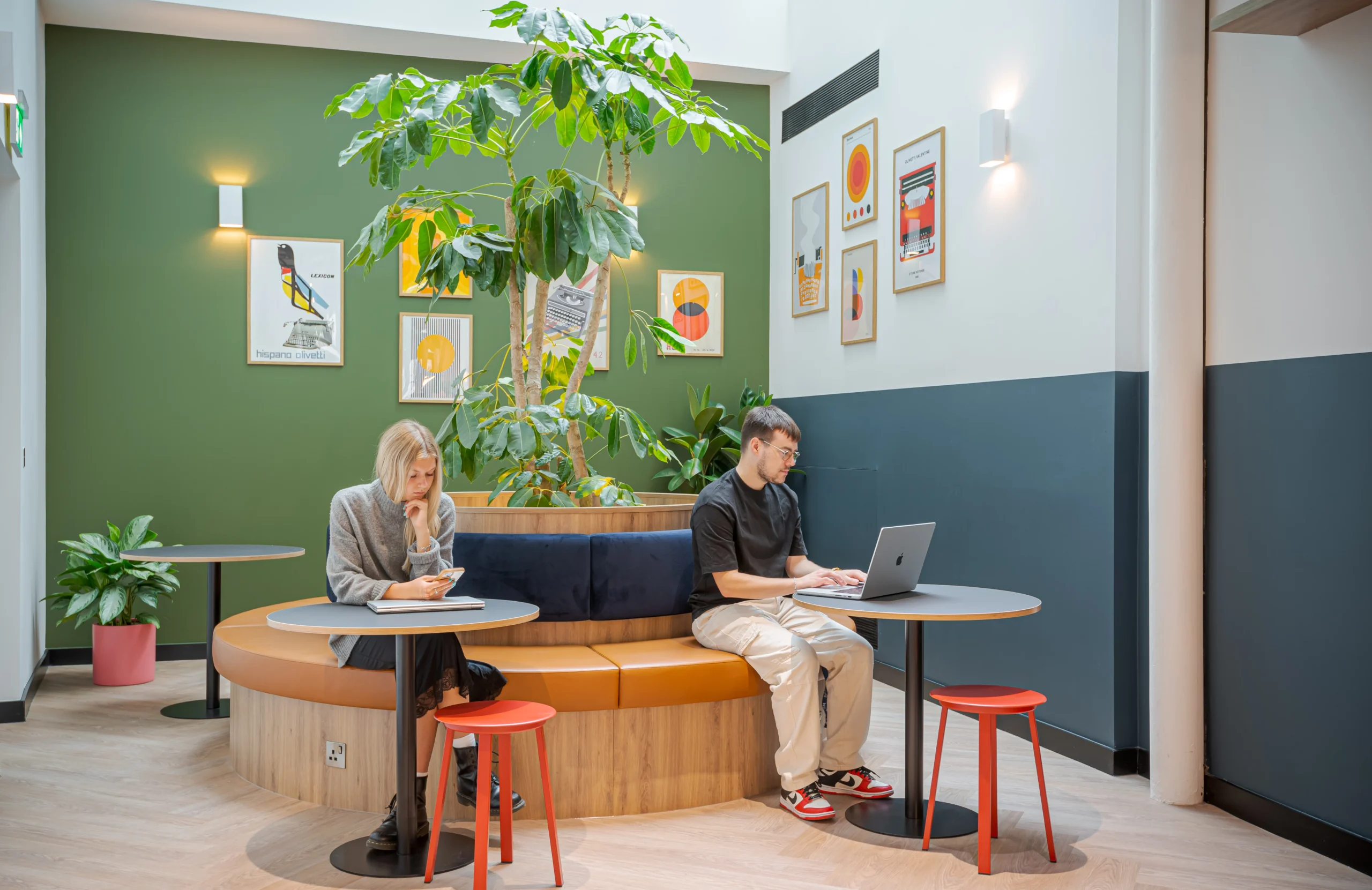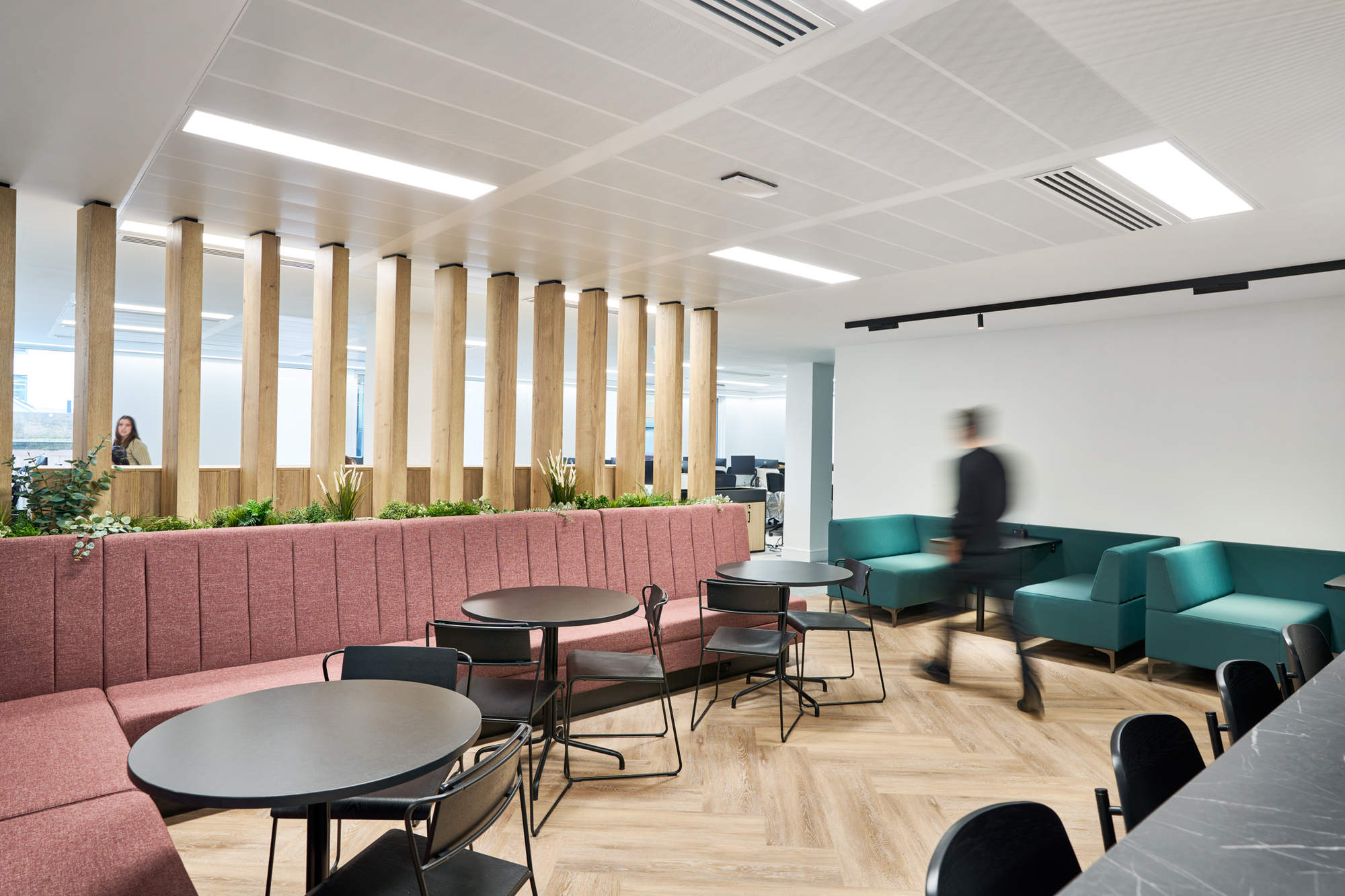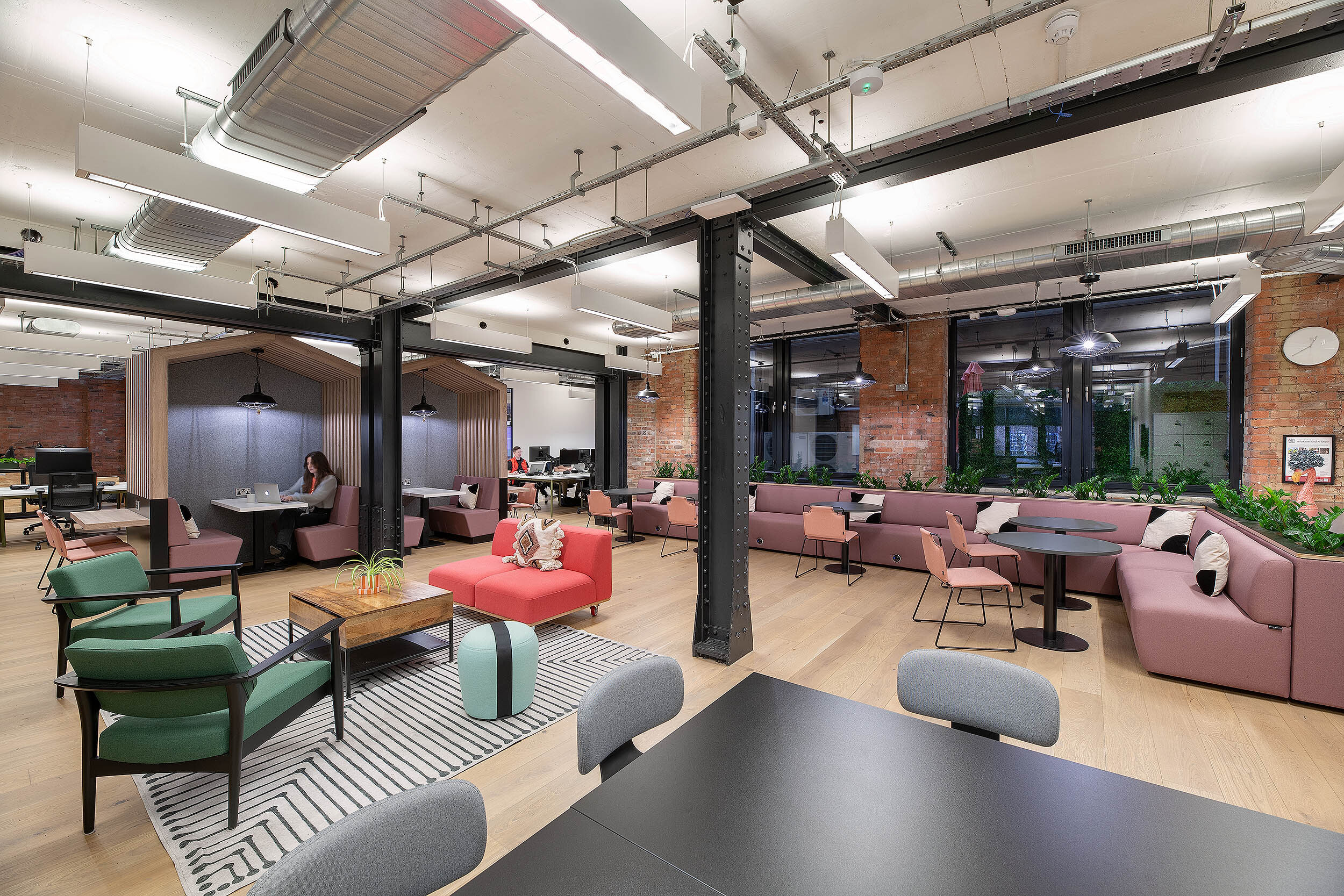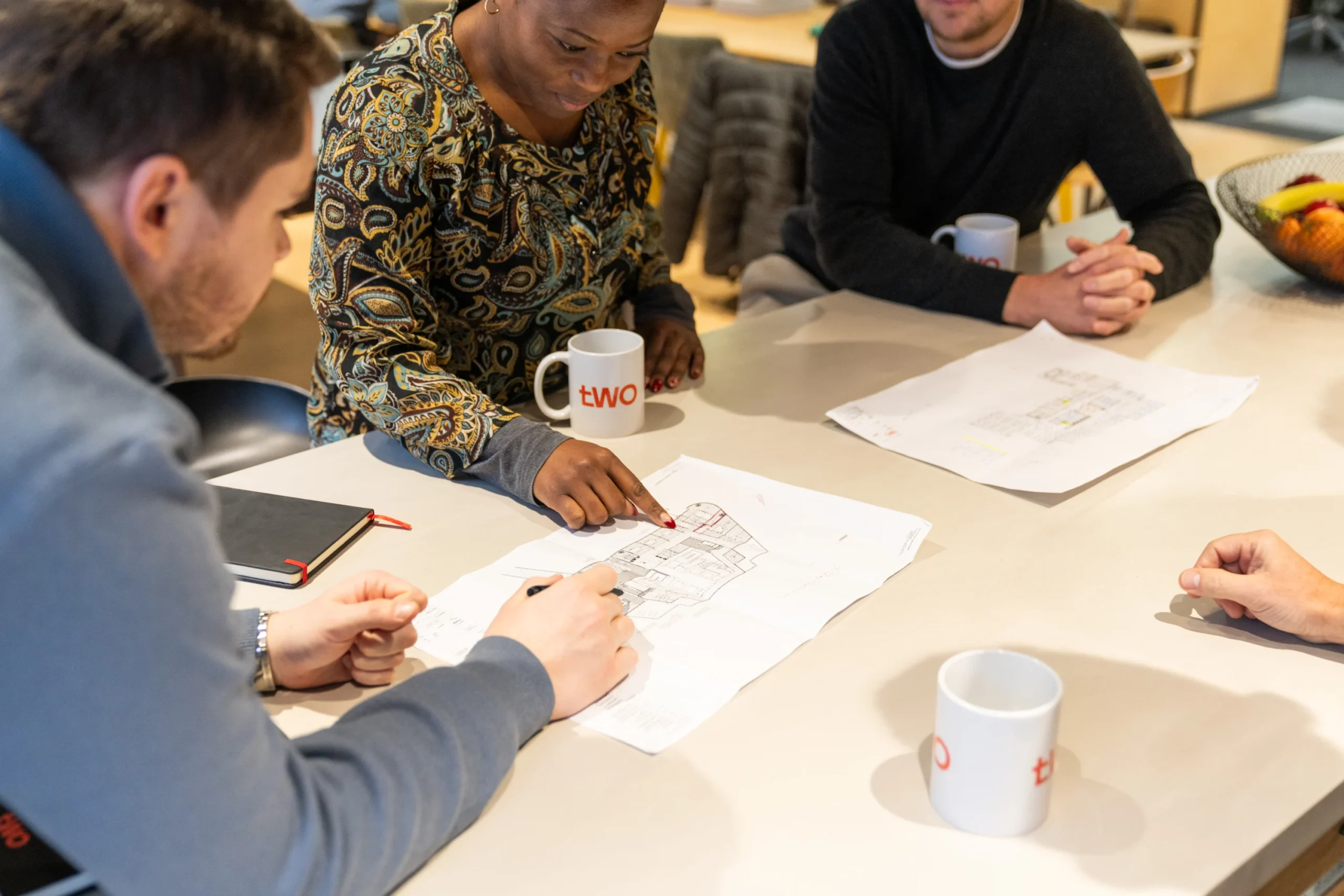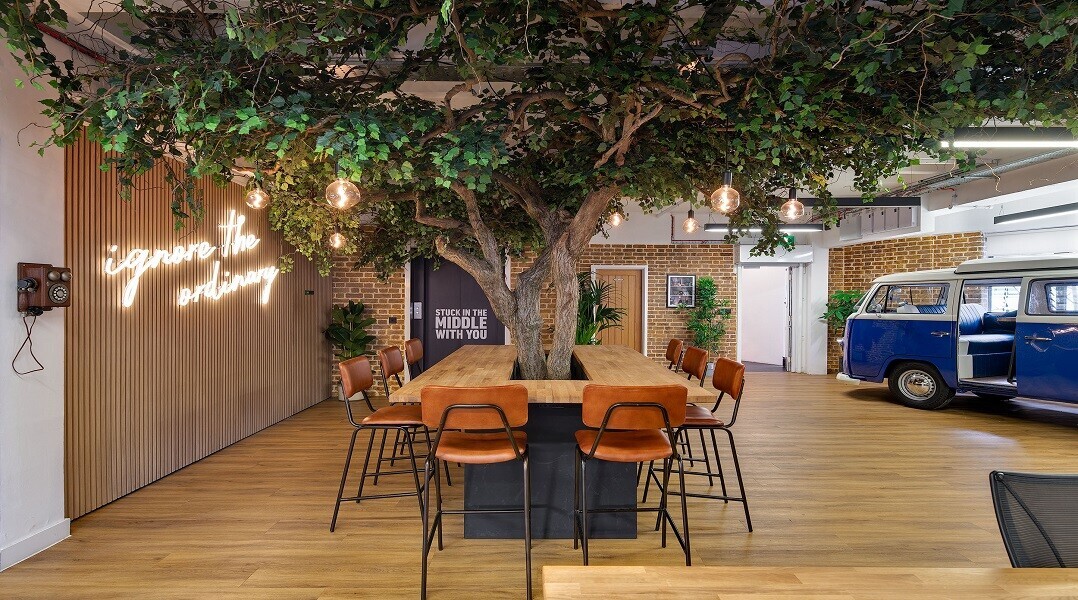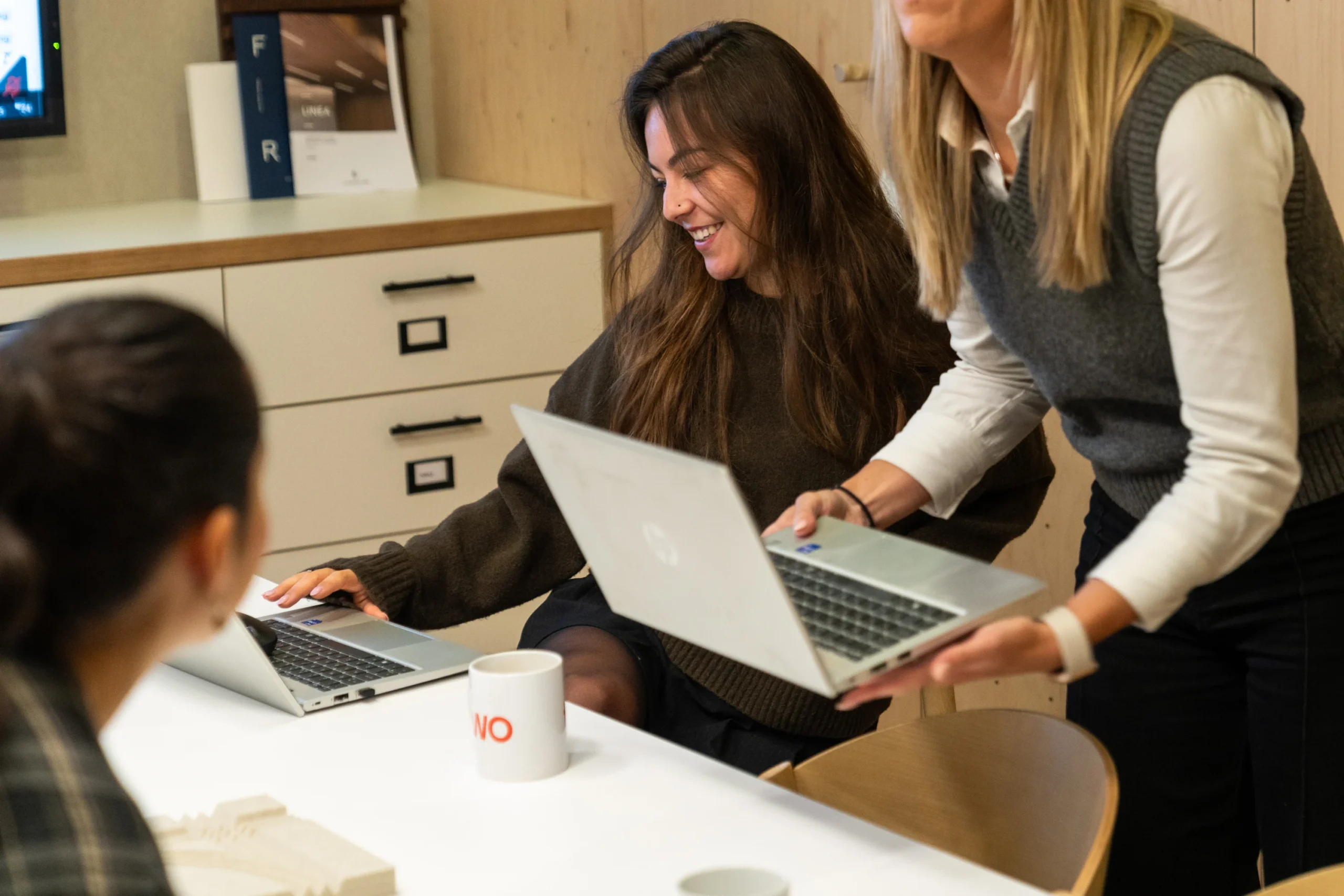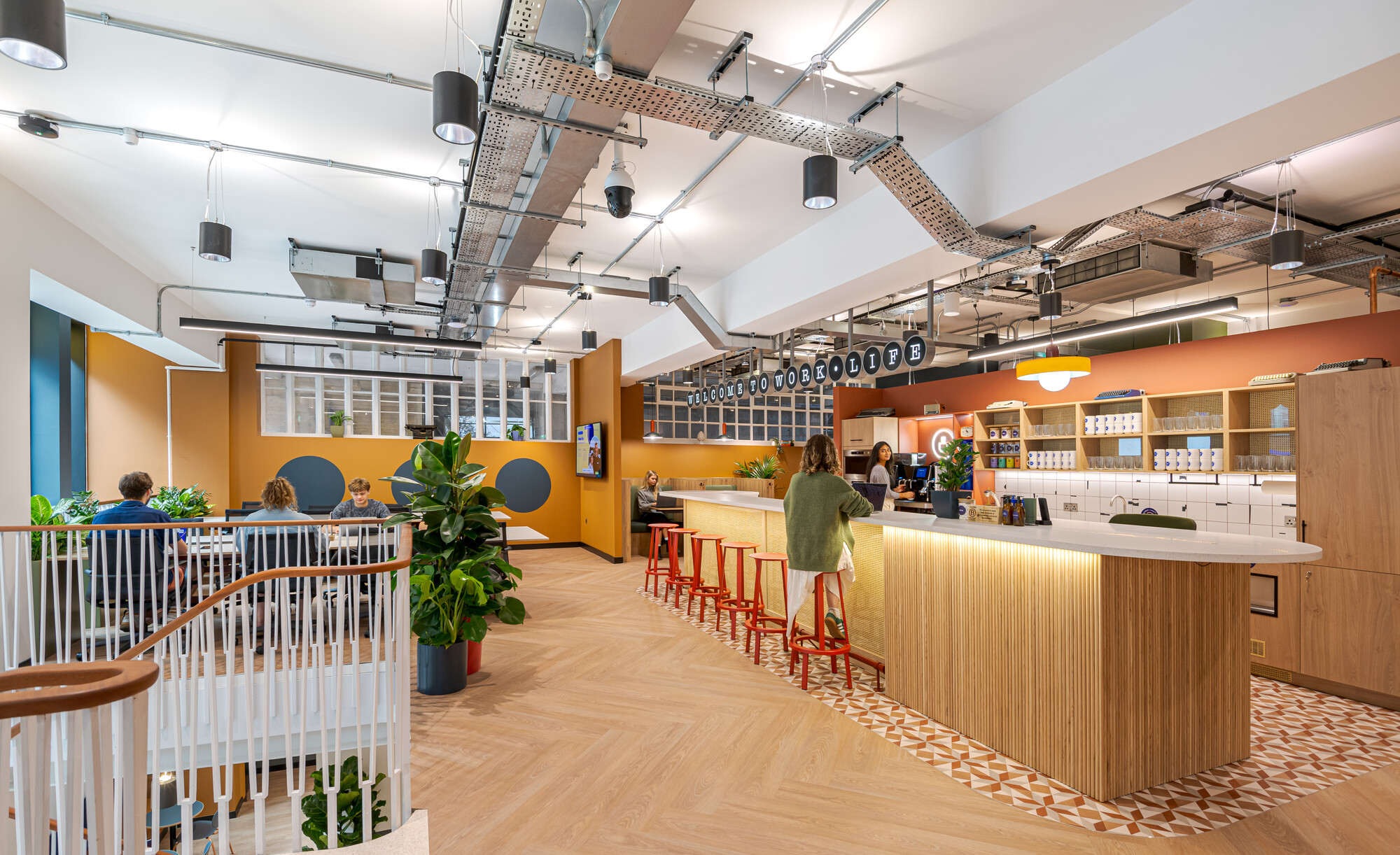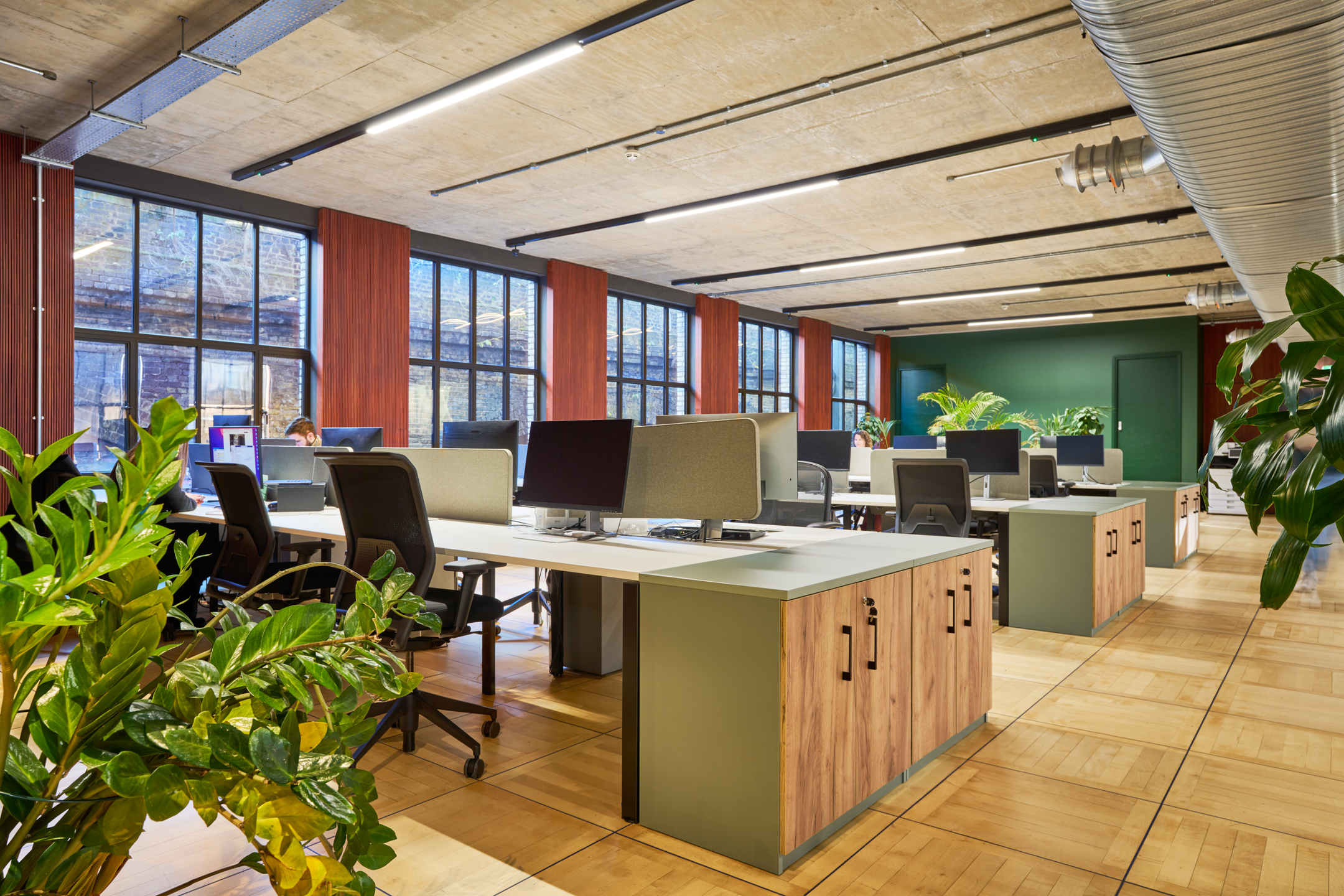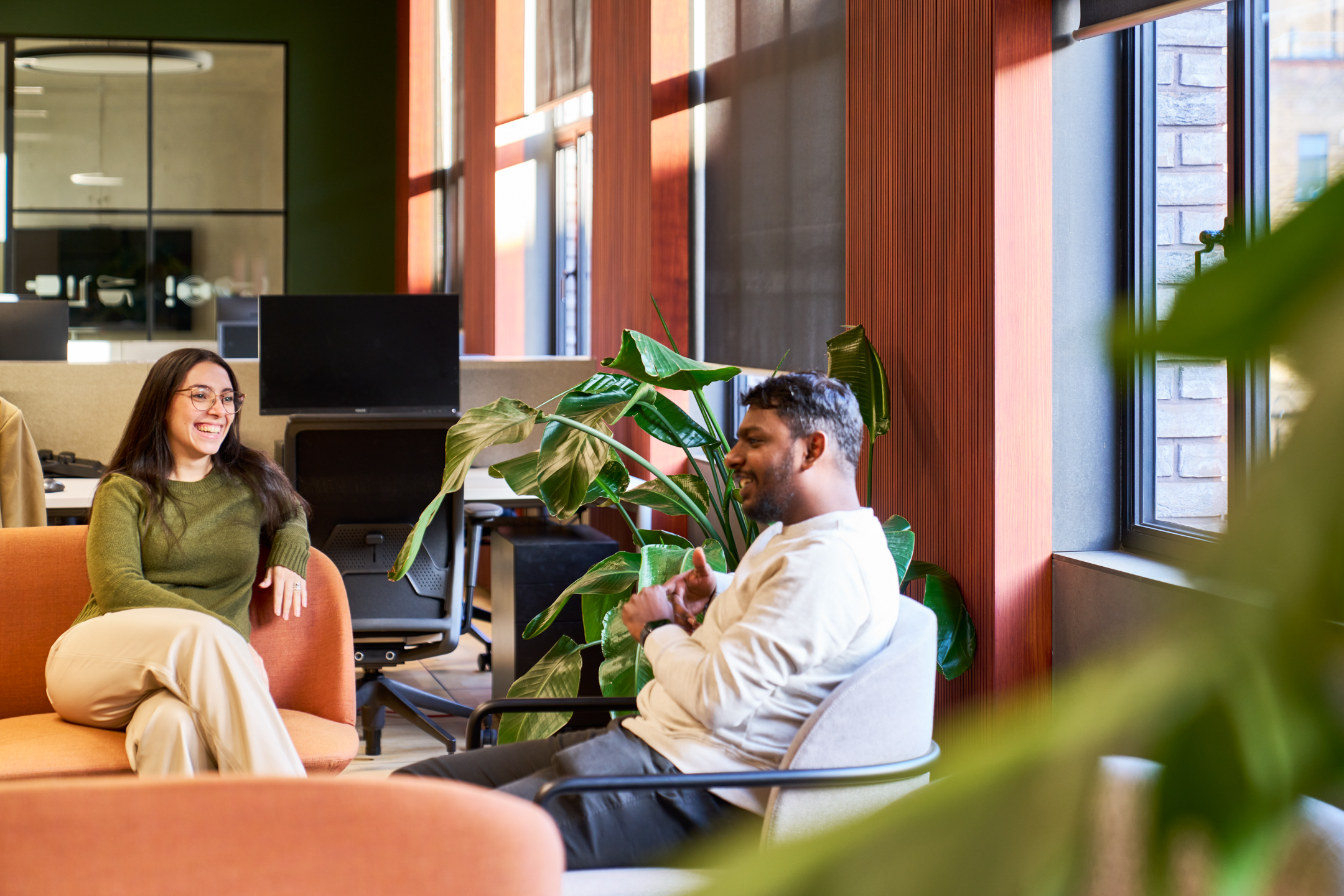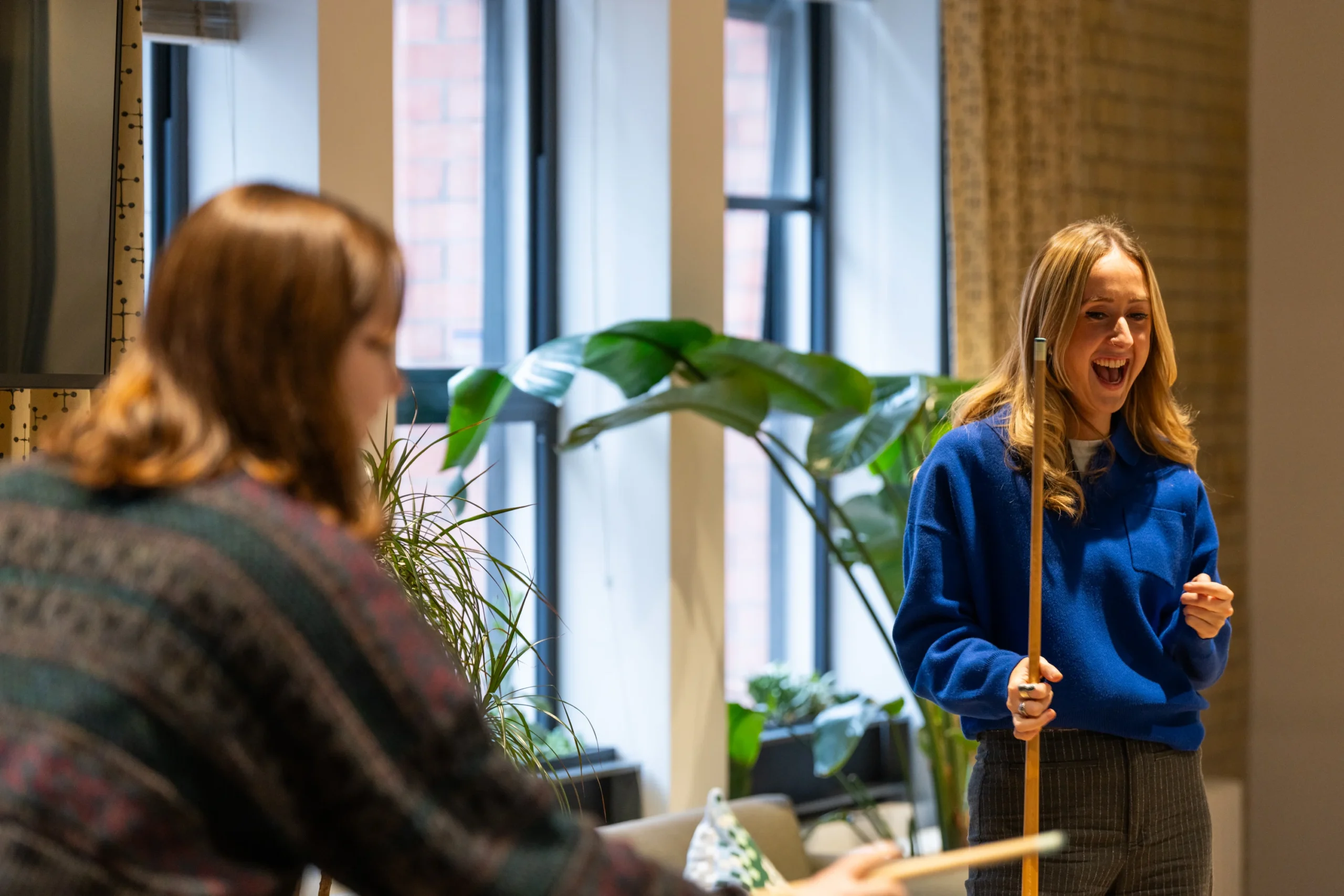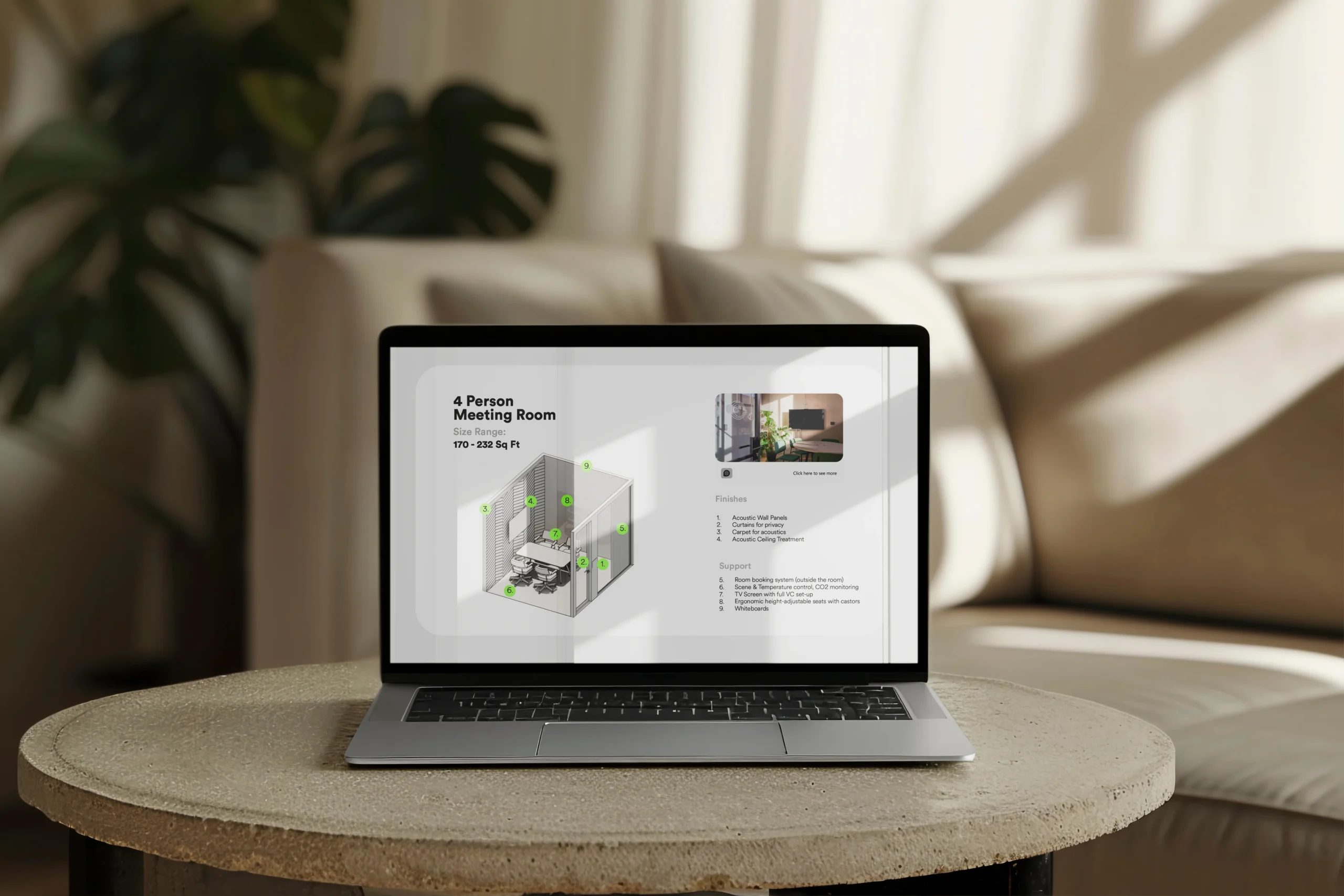Choosing the Perfect Office Space for Your Business
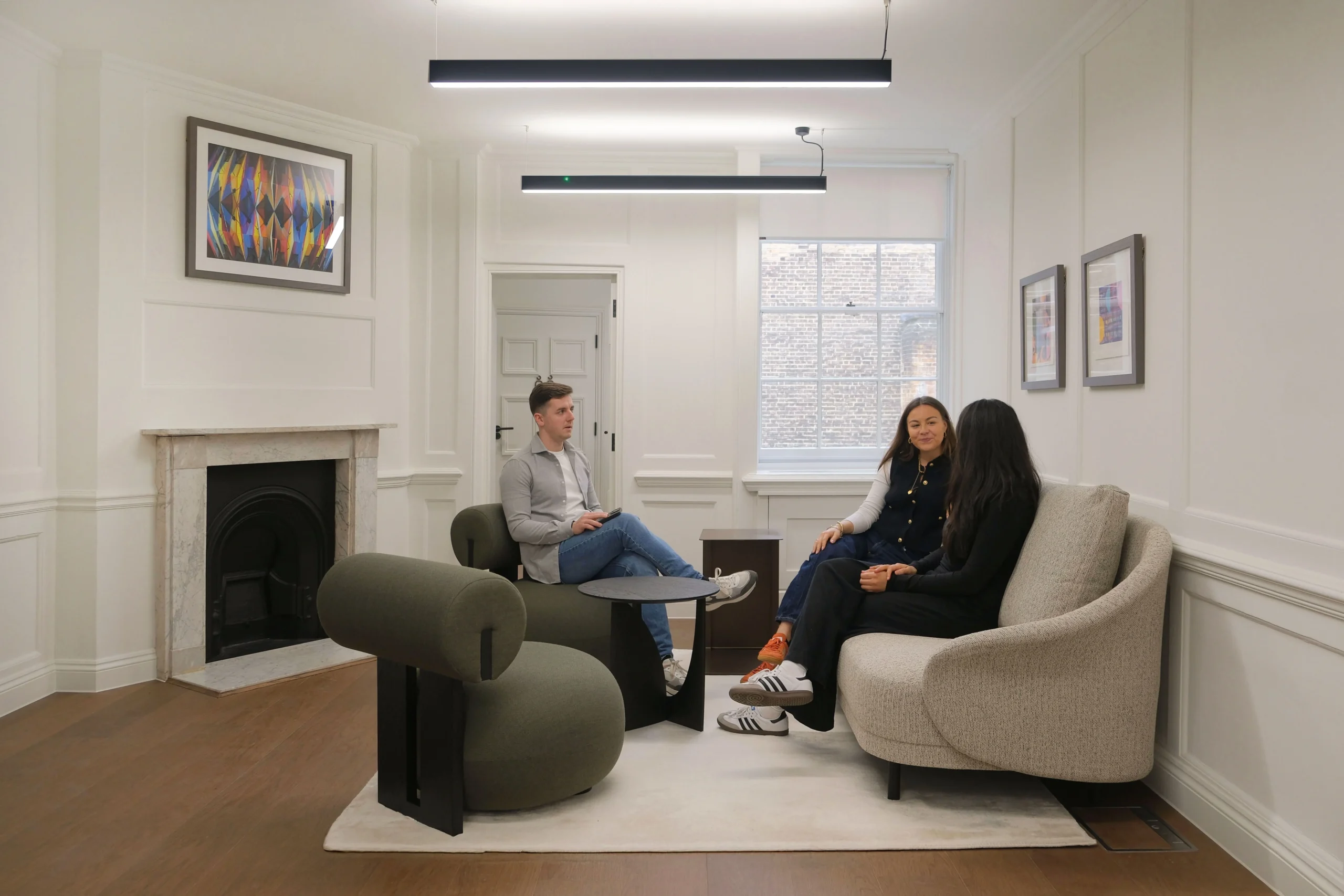

Choosing the Perfect Office Space for Your Business
Choosing the perfect office space is one of the biggest decisions a business can make. It’s not just about securing a location, it’s about finding an environment that supports your team, it’s a reflection of your brand, a tool for attracting talent, and a space that shapes company culture.
5 Things to Consider Before Your Office Interior Redesign
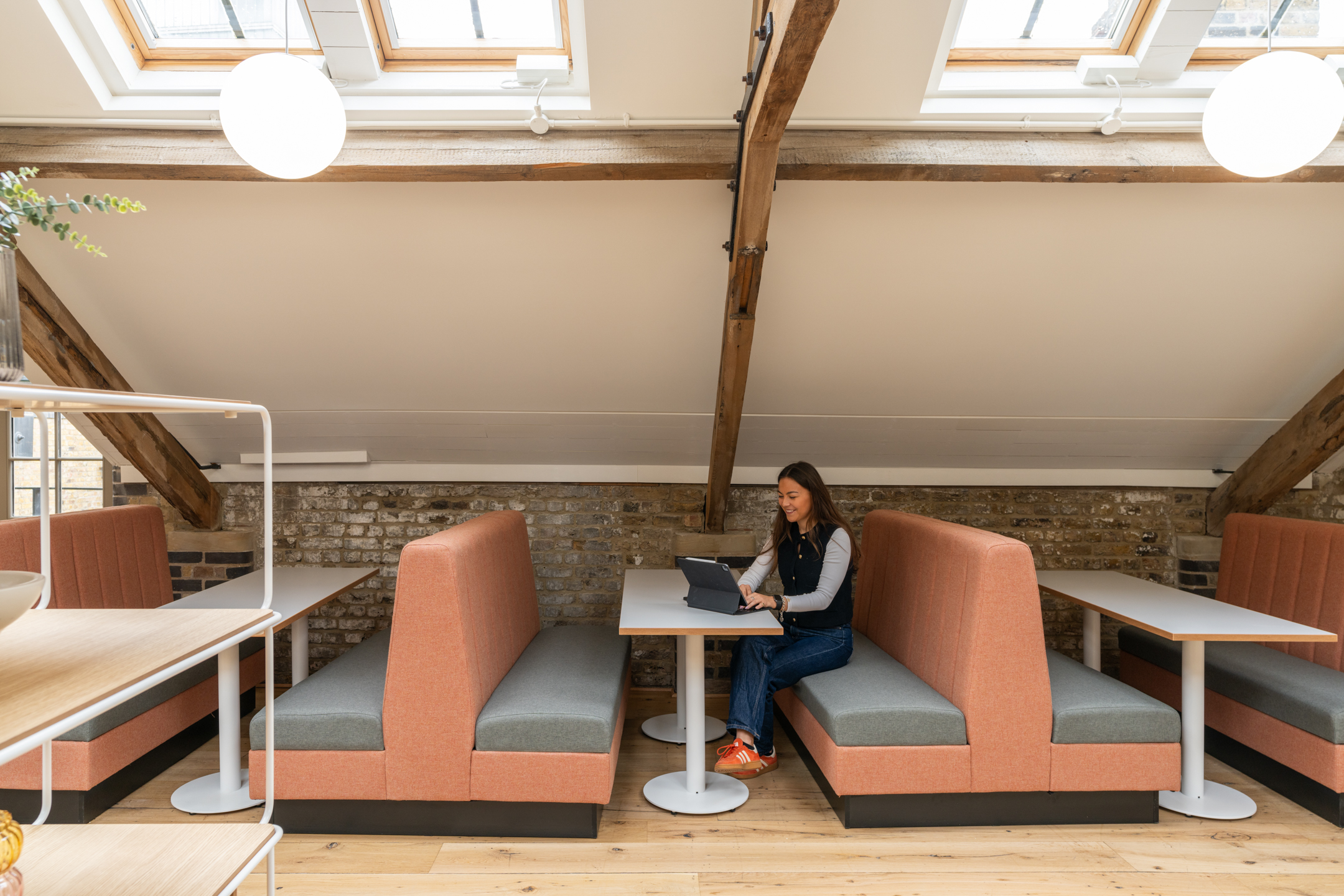

5 Things to Consider Before Your Office Interior Redesign
An office interior redesign is an opportunity to create a workspace that reflects your brand, supports your team, and evolves with your business.
Office Redesign for Hypergrowth That Drives Success
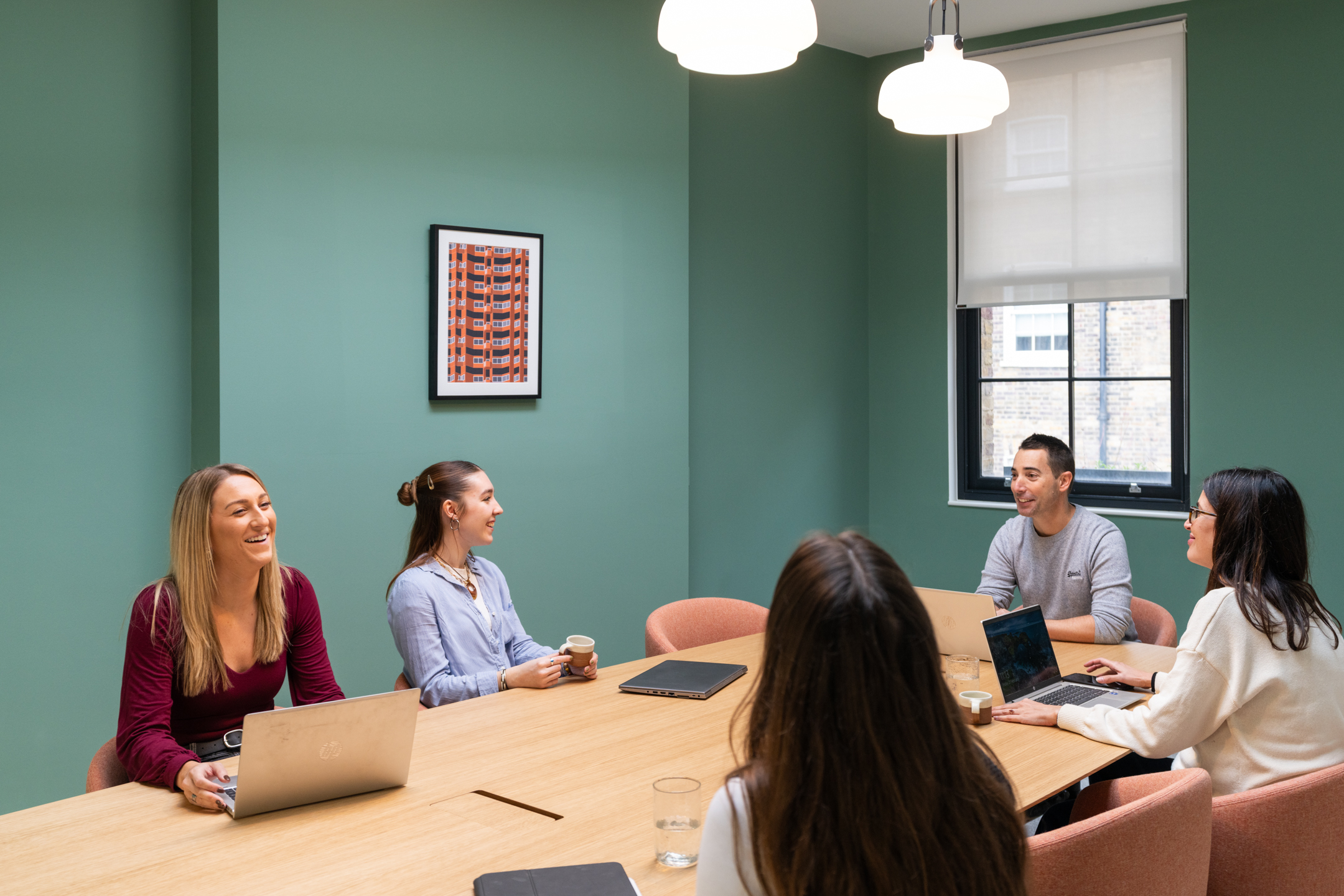

Office Redesign for Hypergrowth That Drives Success
When a business grows fast, the office needs to keep up. A workspace that once worked well can quickly become overcrowded, inefficient, or disconnected from company culture.
Why Working with a Certified B Corporation™ Matters
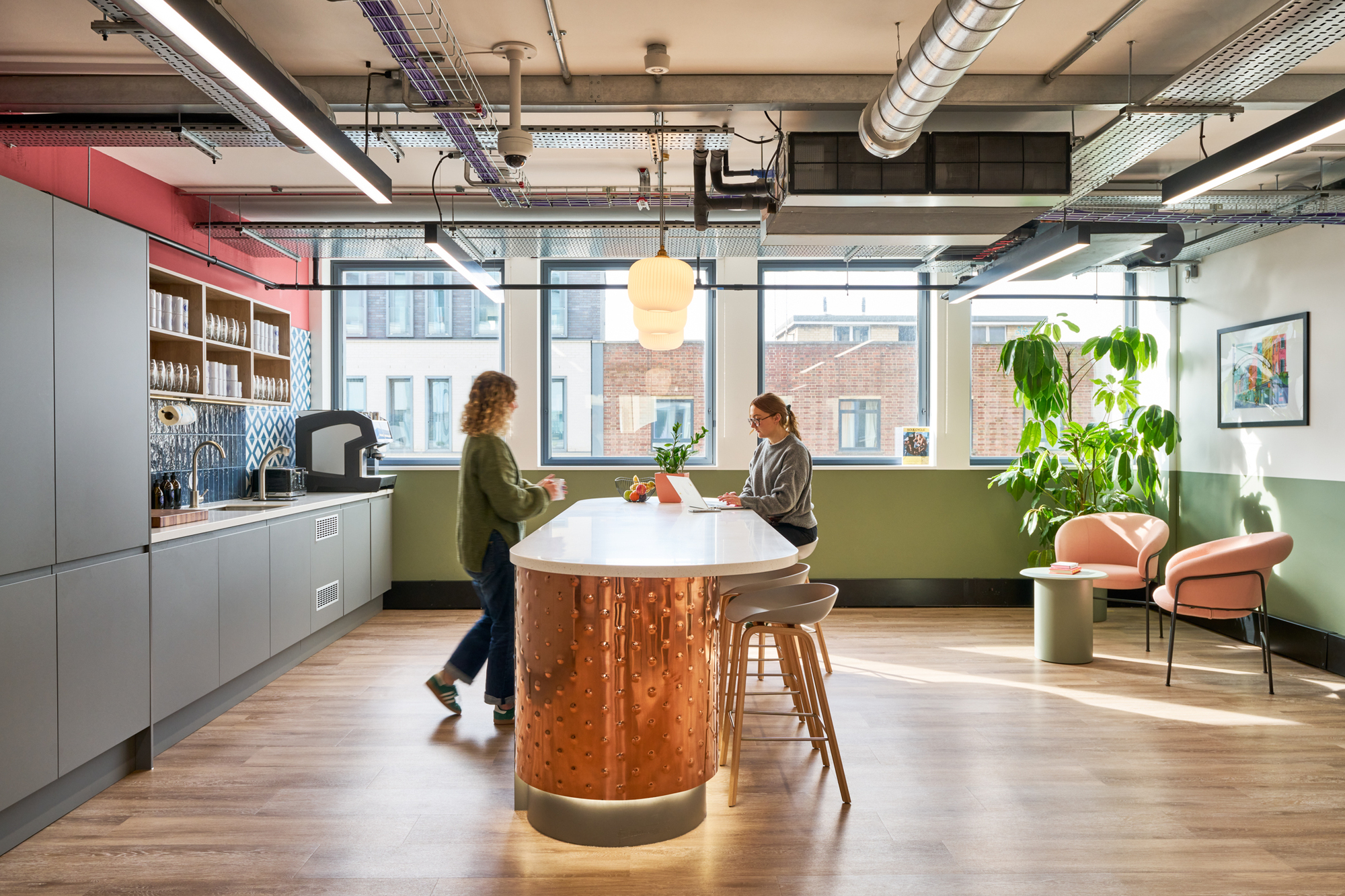

Why Working with a Certified B Corporation™ Matters
Choosing the right design and build partner for your next project involves balancing priorities, experience, budget, and timeline, which all play a role. But as businesses become more accountable for their impact, there’s another crucial factor to consider: whether your chosen company is a Certified B Corporation™.
How to Create a Workplace That Supports Employee Wellbeing
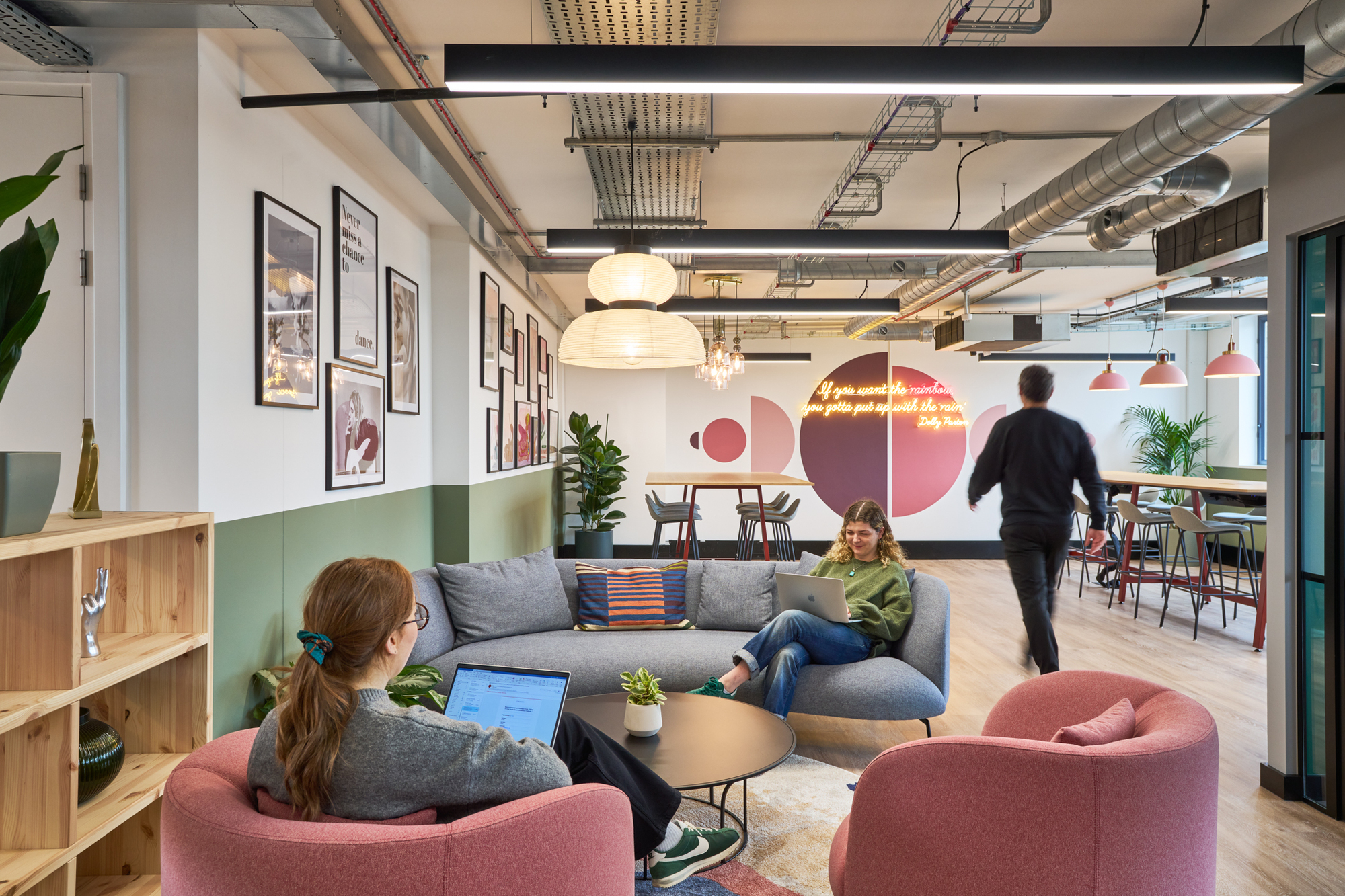

How to Create a Workplace That Supports Employee Wellbeing
A workplace should be more than just a space to work. It should be somewhere people feel valued, supported, and able to do their best.
Reflecting on 2024 and the Spaces That Inspired Us
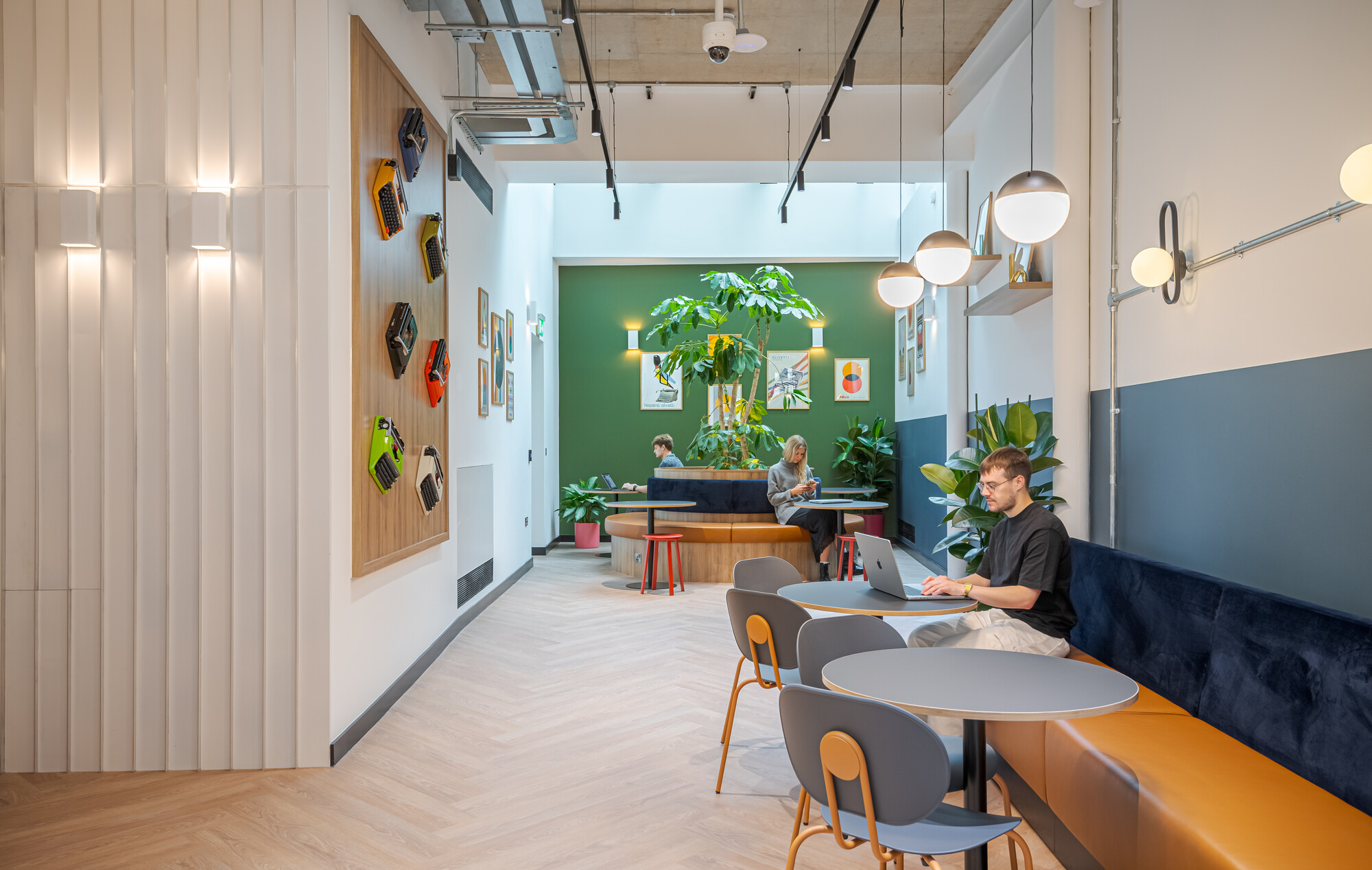

Reflecting on 2024 and the Spaces That Inspired Us
As we kick off 2025, we’re taking a moment to reflect on the incredible achievements of the past year. 2024 was a year of creative problem-solving, bold designs, and teamwork! From reimagined coworking hubs to high-tech fitness spaces, our work has continued to evolve with the needs of modern workplaces.
Design Trends for Future-Proofing Your Office in 2025
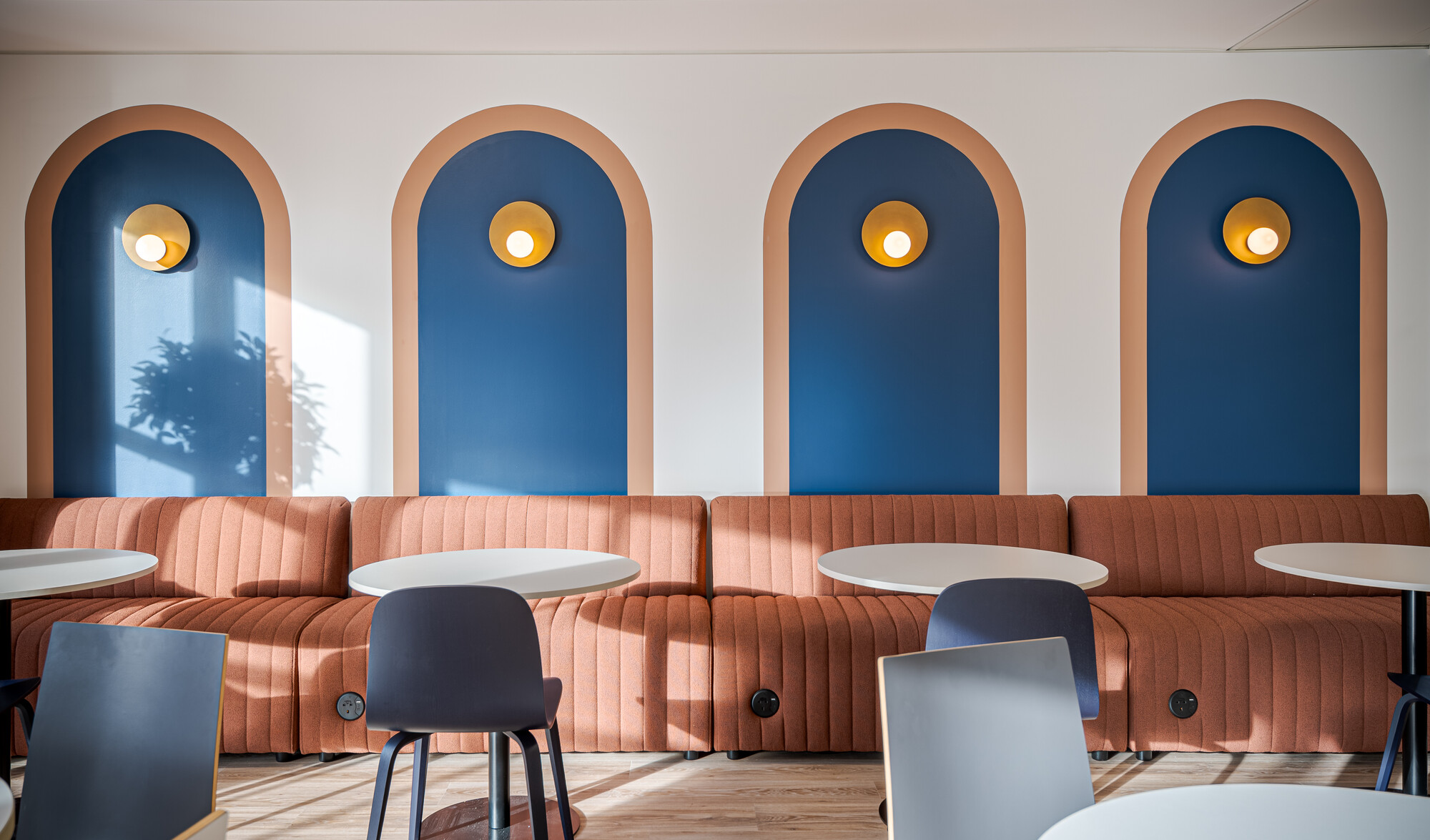

Design Trends for Future-Proofing Your Office in 2025
Over the past 5 years it’s clear that the way we use office space has changed dramatically. While the office is still an essential part of our professional lives, hybrid working, shifting…
Creating Hybrid Workspaces That Support Employees
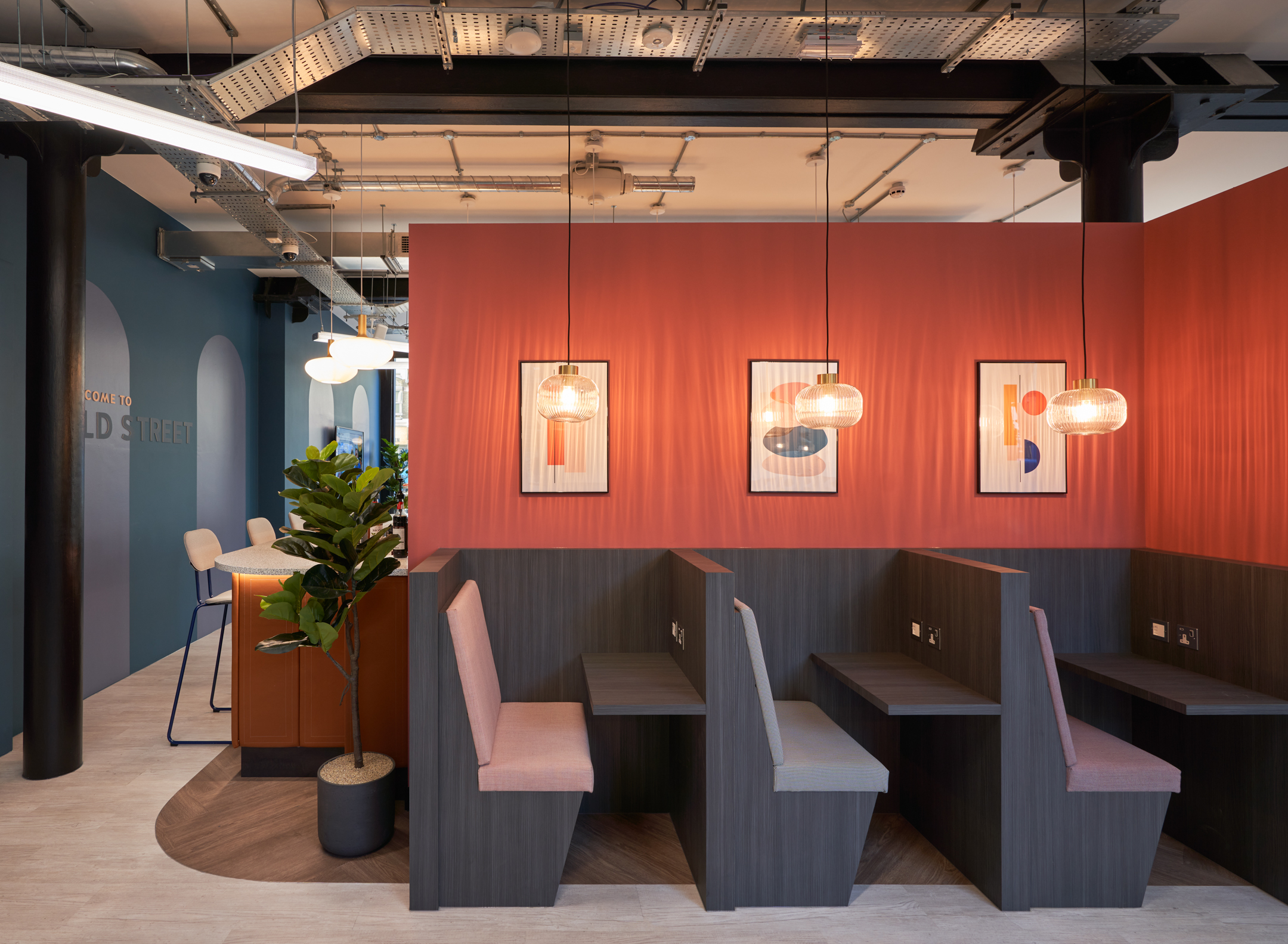

Creating Hybrid Workspaces That Support Employees
Employees today want more freedom, flexibility and control over their work-life balance. Employee-focussed hybrid offices have stepped in to give teams the best of both worlds: the focus and convenience of remote working combined with the collaboration and culture of office life.
Why Tenant-Ready™ Spaces are a Smart Investment
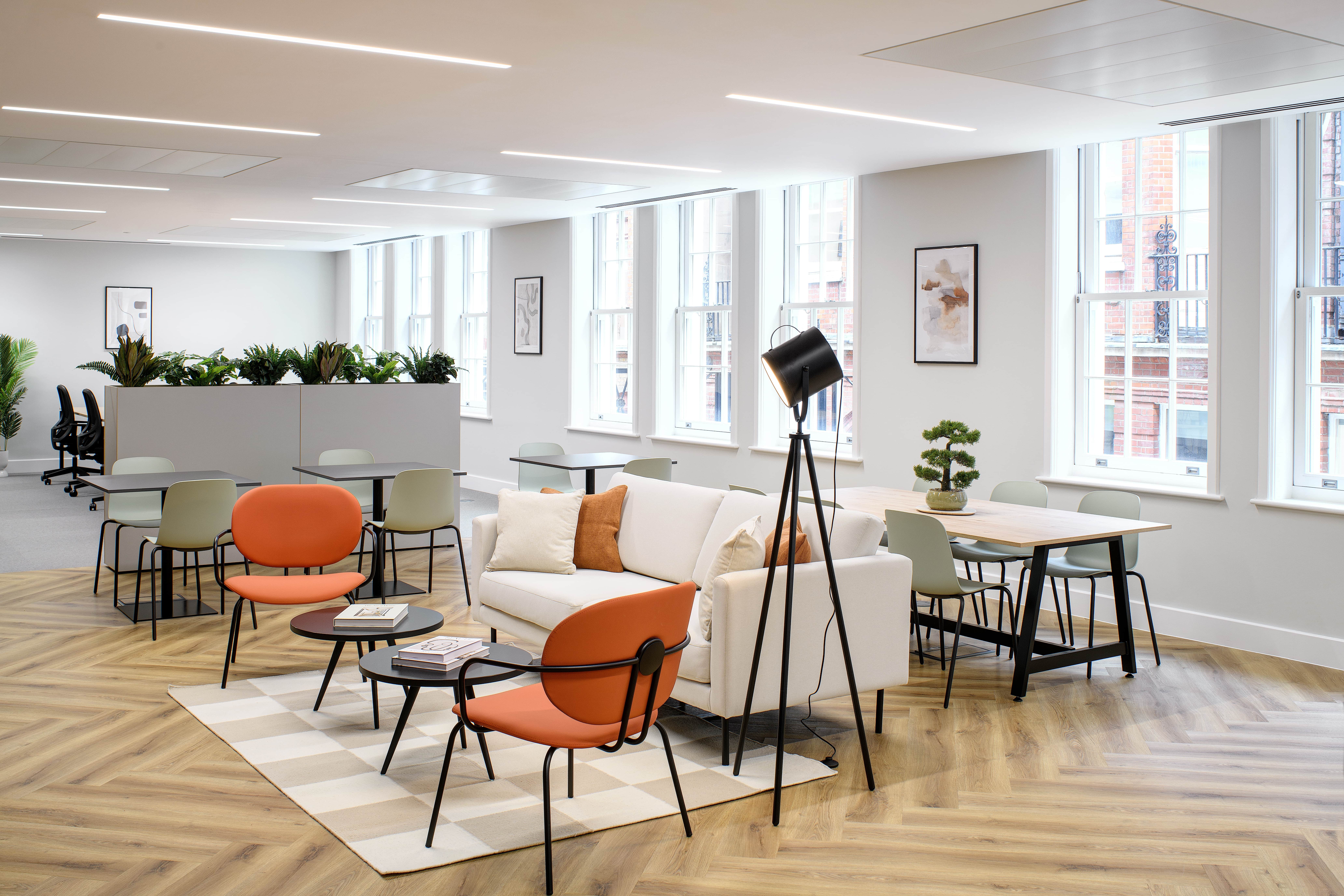

Why Tenant-Ready™ Spaces are a Smart Investment
In recent years, landlords have been increasingly fitting out beyond Cat A, creating Tenant-Ready spaces, also known as Cat A+ spaces
